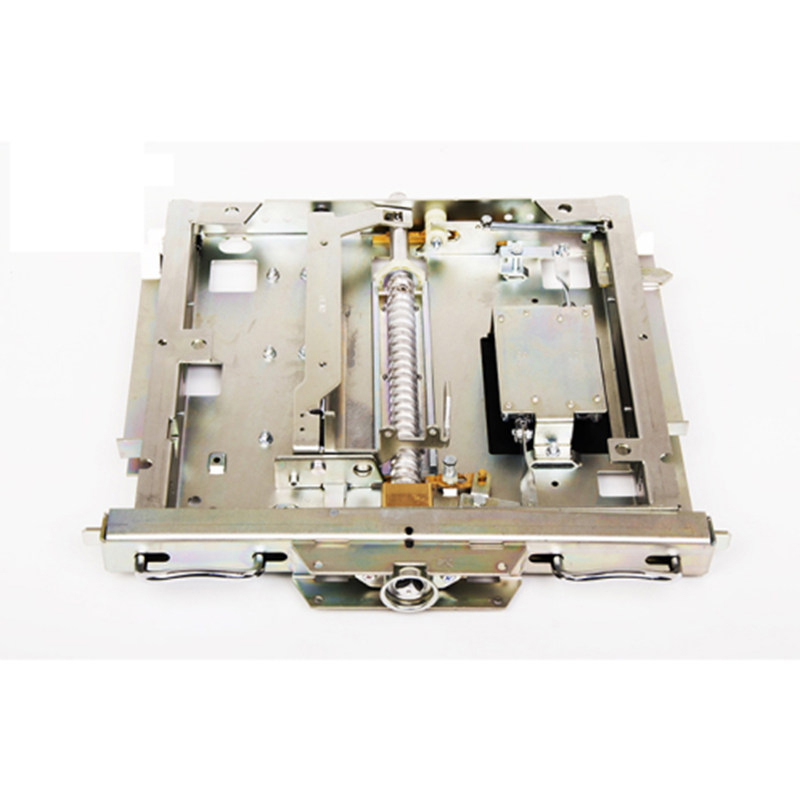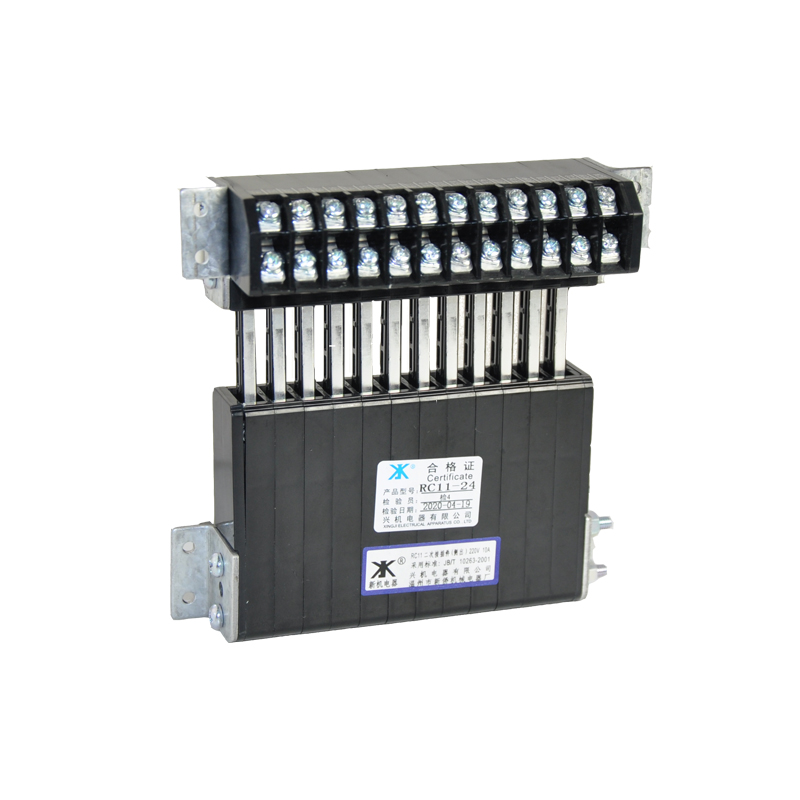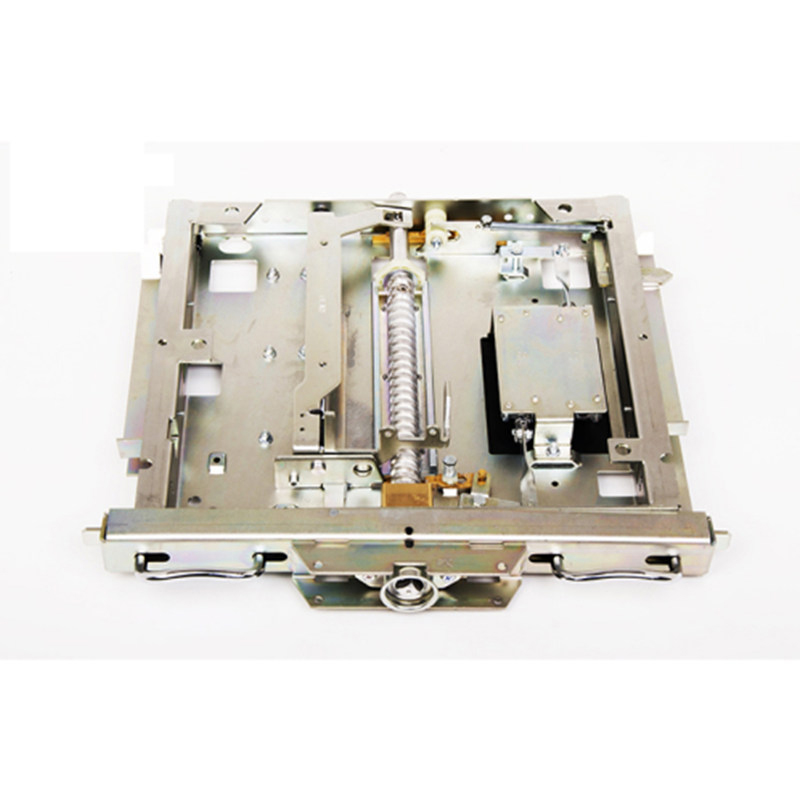The Impact of New Regulations on the Development of Primary Air Insulated Switchgear
In the dynamic landscape of the power equipment industry, primary air insulated switchgear plays a pivotal role in ensuring the efficient and safe operation of power systems. As the industry evolves, new regulations have emerged, exerting a profound influence on the development trajectory of these switchgears.

1. Technological Innovation Propulsion
1.1 Insulation and Safety Standards
New regulations often tighten the requirements for insulation performance and safety in primary air insulated switchgear. For instance, regulations may stipulate higher withstand voltage levels and more stringent arc - extinguishing capabilities. This compels manufacturers to invest heavily in research and development. They explore novel insulating materials and advanced arc - extinguishing technologies. Some companies are researching the use of nanocomposite insulating materials, which have the potential to enhance insulation performance while reducing the overall size of the switchgear. These technological advancements not only meet the regulatory requirements but also improve the overall reliability and safety of the power system.
1.2 Smart Grid - Compatible Features
With the trend towards smart grids, new regulations may encourage or even mandate that primary air insulated switchgear be equipped with smart features. This includes functions such as remote monitoring, fault diagnosis, and automatic control. Manufacturers are then driven to integrate Internet of Things (IoT) technology into their switchgear products. Sensors are installed to collect real - time data on the operating status of the switchgear, such as temperature, current, and voltage. This data can be transmitted to a central control system, enabling operators to monitor and manage the switchgear remotely. As a result, the switchgear can better adapt to the needs of modern smart grids, improving the efficiency of power distribution and management.
2. Market Competition Restructuring
2.1 Barrier to Entry for Small - Scale Manufacturers
Stringent new regulations can act as a significant barrier to entry for small - scale manufacturers. Meeting the new requirements often demands substantial investment in technology, equipment, and human resources. Smaller companies may struggle to afford the necessary R & D and production upgrades. For example, the cost of implementing new manufacturing processes to ensure compliance with the latest safety regulations can be prohibitive. As a result, some small - scale manufacturers may be forced to withdraw from the market, while larger, more resource - rich companies are more likely to meet the regulatory challenges and expand their market share.
2.2 Opportunities for Innovative Players
On the other hand, new regulations also create opportunities for innovative manufacturers. Those that can quickly adapt to the new regulations and develop compliant products with unique features gain a competitive edge. For example, a company that pioneers a new type of primary air insulated switchgear with advanced smart features ahead of its competitors can attract more customers, especially those in regions with strict regulatory enforcement. This can lead to a reshuffling of the market competition landscape, with innovative players rising to the forefront.
3. Cost - Benefit Considerations
3.1 Initial Investment Increase
The implementation of new regulations usually leads to an increase in the initial investment cost of primary air insulated switchgear. Manufacturers need to purchase new production equipment, conduct more extensive testing, and hire specialized technical personnel to ensure compliance. This cost increase is often passed on to the end - users. For power grid operators, they may need to allocate more funds for the procurement of compliant switchgear. However, in the long run, the improved safety and reliability of the switchgear can reduce the overall operation and maintenance costs of the power system.
3.2 Long - Term Cost - Savings
Although the upfront cost is higher, the long - term benefits are significant. The enhanced safety features of the switchgear can reduce the risk of equipment failures and power outages. A power outage can cause substantial economic losses to industries and consumers. By reducing the frequency of such events, the new - regulation - compliant switchgear can save costs associated with power restoration, equipment repair, and compensation for lost production.
In conclusion, new regulations have a multi - faceted impact on the development of primary air insulated switchgear. They drive technological innovation, reshape the market competition landscape, and bring about both short - term cost increases and long - term cost - savings. As the power industry continues to develop, it is essential for all stakeholders to closely monitor and adapt to these regulatory changes to ensure the sustainable development of the power system.


.jpg)






